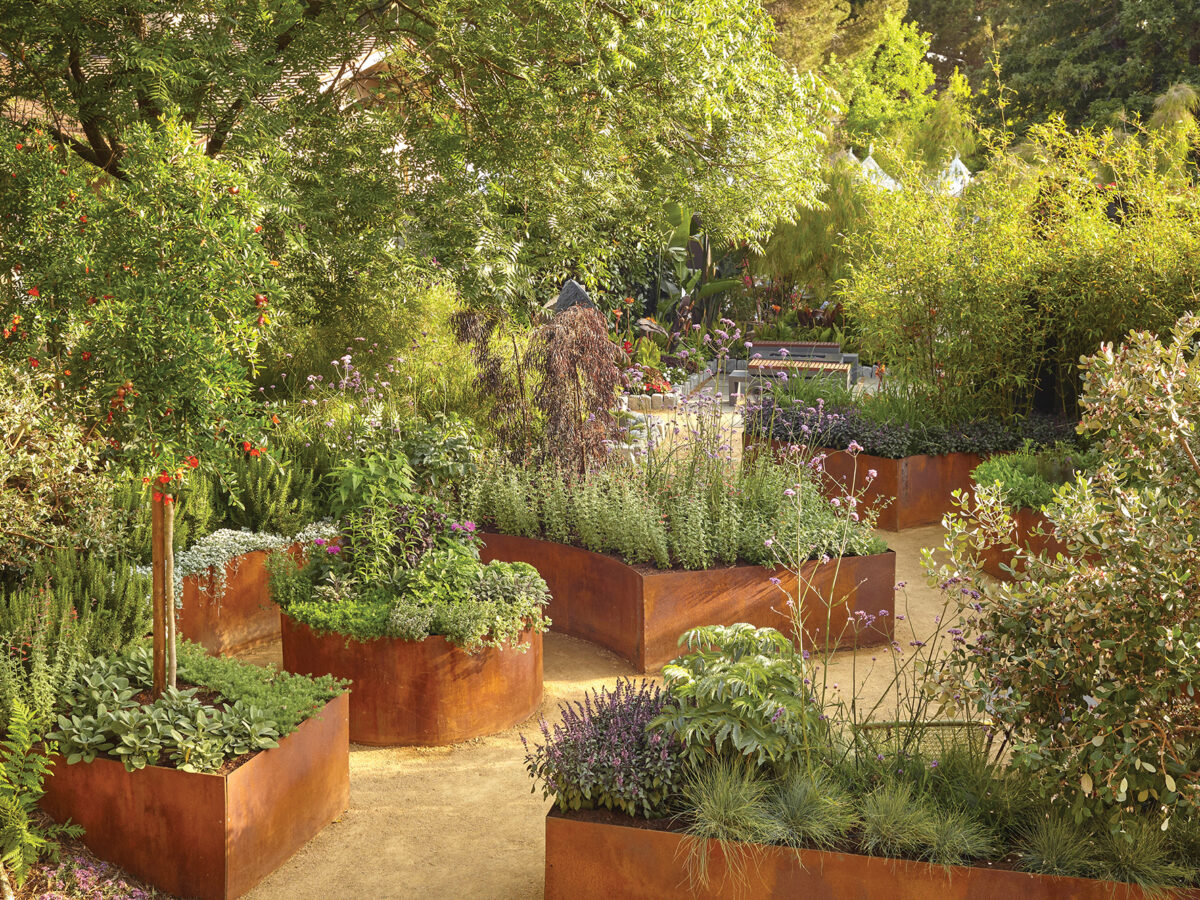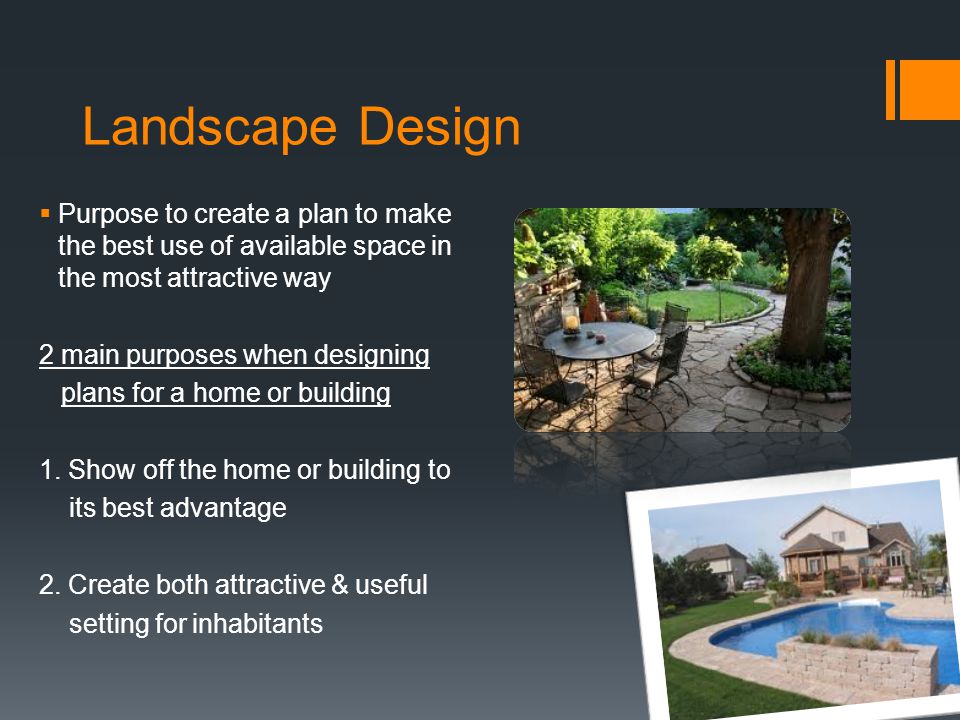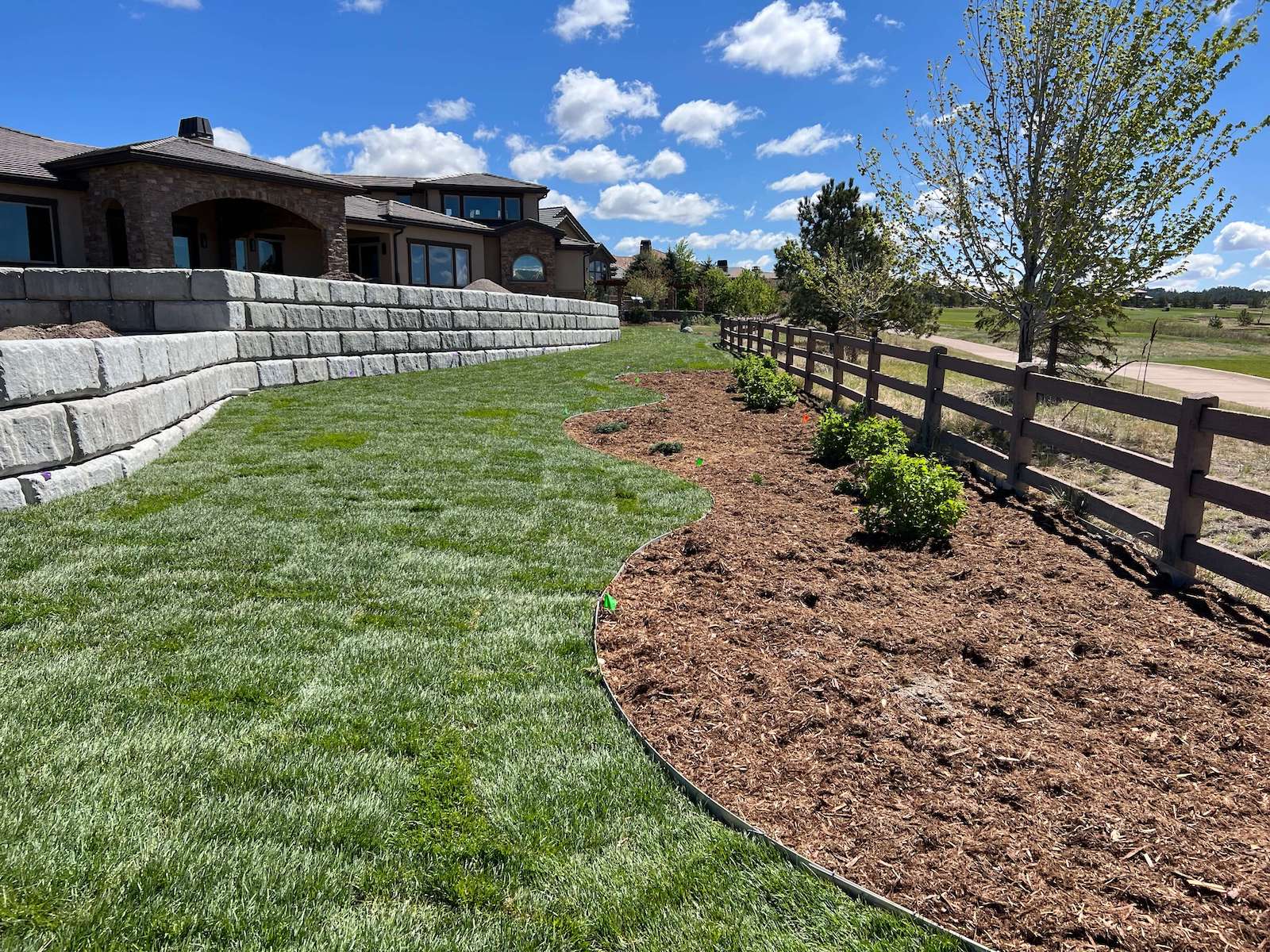What Does Hilton Head Landscapes Do?
What Does Hilton Head Landscapes Do?
Blog Article
The Hilton Head Landscapes PDFs
Table of ContentsThe smart Trick of Hilton Head Landscapes That Nobody is Talking AboutThe Definitive Guide to Hilton Head LandscapesThe Main Principles Of Hilton Head Landscapes The 9-Minute Rule for Hilton Head LandscapesLittle Known Facts About Hilton Head Landscapes.The Hilton Head Landscapes IdeasHilton Head Landscapes - An Overview
Line creates all forms and patterns and can be utilized in a range of methods in the landscape. Line in the landscape is developed by the edge in between two products, the summary or silhouette of a kind, or a long straight attribute. Lines are a powerful tool for the developer since they can be used to produce an infinite range of forms and kinds, and they manage movement of the eye and the body.

Lines in the landscape. The buildings of lines determine just how people respond to the landscape, both psychologically and literally.
The smart Trick of Hilton Head Landscapes That Nobody is Discussing
Curved lines develop a casual, all-natural, unwinded character that is associated a lot more with nature and unbalanced balance. Bent lines move the eye at a slower speed and add enigma to the room by developing hidden views.
Vertical lines in the landscape include high, slim plant product, such as trees, or high frameworks, such as an arbor or a bird house on a pole. Horizontal lines move the eye along the ground plane and can make a room feel bigger. Low lines are a lot more suppressed and produce a feeling of remainder or repose.
More About Hilton Head Landscapes
Low lines are produced by low garden wall surfaces, walkways, and short bushes. Lines are used to draw kinds on a plan. In plan sight, they specify plant beds and hardscape areas. Lines are also produced by the vertical types of developed features and plant product. There are three primary line kinds that develop form in the landscape: bedlines, hardscape lines, and plant lines.
Bedlines link plant product to your home and hardscape due to the fact that the eye adheres to the line, moving the stare through the landscape. Hardscape lines are produced by the side of the hardscape, which defines the constructed framework. Line can also be created by long and narrow materials, such as a fencing or wall.
The Basic Principles Of Hilton Head Landscapes
Form is discovered in both hardscape and plants, and it is usually the leading aesthetic element that spatially organizes the landscape and frequently identifies the style of the garden. The type of structures, plant beds, and yard ornaments also figures out the total form style of the garden. Official, geometric types consist of circles, squares, and polygons.
Plants produce kind in the yard with their outlines or silhouettes, yet kind can additionally be defined by a gap or unfavorable room in between plants - Landscapers near me (https://www.artstation.com/stevengonzales53/profile). Circles can be complete circles, or they can be separated right into half circles or circle sections and integrated with lines to develop arcs and tangents
Not known Facts About Hilton Head Landscapes
Circles can likewise be extended into ovals and ellipses for even more range and rate of interest. Circles are a solid style form because the eye is constantly attracted to the center, which can be used to emphasize a prime focus or connect other forms. Number 2. Round kinds in hardscape and yard panels.
The square type can also be fractional and used repeatedly to develop a grid pattern. Unlike circles, squares are more powerful on the edges, which can be lined up or overlapped to create one-of-a-kind patterns and even more complicated forms.
Meandering lines commonly resemble the natural course of rivers or streams and can be called smooth lines with deeply bent undulations. Meandering lines (Number 3) work well for paths, plant bedlines, and dry stream beds. Meandering lines can include rate of interest and mystery to a yard by leading customers around corners to uncover brand-new views and rooms.
Our Hilton Head Landscapes Statements

Number 5. Fragmented edges: stepping stones in pathway. Type is the most enduring quality of a plant (landscapers in bluffton sc). https://penzu.com/p/89c630f877ca924e. Common plant kinds are well established and standard, as kind is the most regular and identifiable characteristic of plants. Type can also be produced via the massing of plants, where the overall mass develops a different type than a specific plant.
An extremely different kind must be utilized with careone or 2 job visit this page well as a centerpiece, but as well several wreak havoc. Natural plant types, instead of over-trimmed kinds, need to develop the bulk of the composition. The significance of overall type is a lot more or much less depending on the watching perspectivethe form of a tree can show up fairly various to an individual standing under the cover versus watching the tree from a range in an open area.
See This Report on Hilton Head Landscapes
Plant types likewise create and specify the space or open spaces in between the plants, producing either convex or concave kinds in the spaces. High-arching tree branches normally produce a concave open space under the branches, and a rounded canopy with reduced branches fills up the space to develop a convex type outdoors room under the tree.

Report this page